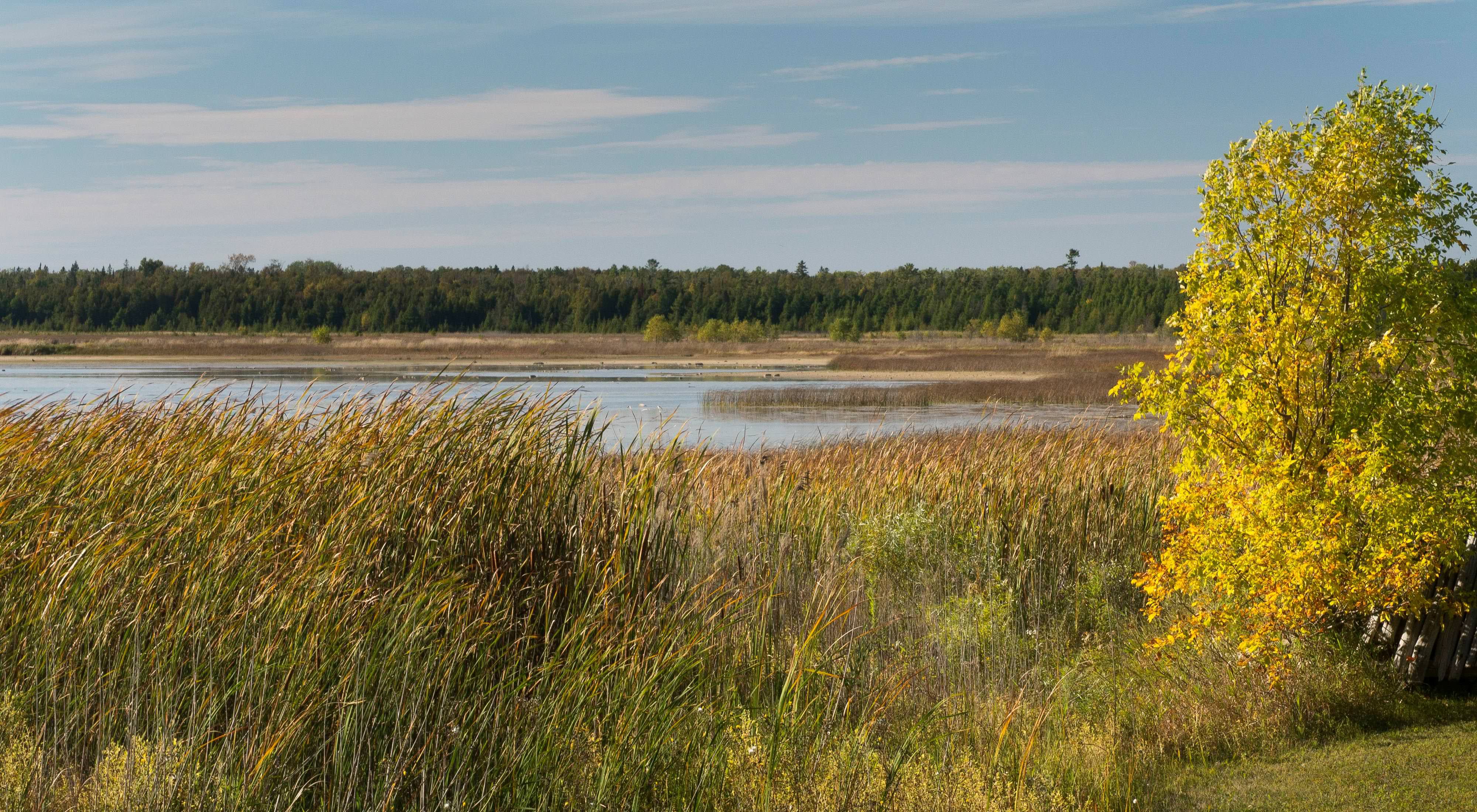Description
WHY YOU SHOULD VISIT
The North Bay-Mud Lake Preserve offers the visitor an opportunity to experience a beautiful and wild Door County setting in relative solitude and quiet. This preserve encompasses more than 1,300 acres of high-quality wetlands and deep northern forest in a landscape holding springs and streams draining to Lake Michigan. The Nature Conservancy lands link to lands protected by other conservation organizations and the state of Wisconsin to form a major expanse of wild land in northern Door County. This land is home to a number of rare and beautiful plants and animals found in few other places in the county or state. This preserve is a great place for hiking, cross-country skiing, snowshoeing, bird-watching, deer hunting and photography.
CONDITIONS
A gentle walking trail runs between a small parking area on Winding Lane and another parking area at the end of Old Stage Lane. The trail is generally level and easy walking but may be wet or hold pools of water in the spring or following prolonged rains. There is one small intermittent stream that crosses the trail. This trail allows for viewing of the diverse plant communities and wildlife found on the preserve.
WHY TNC PROTECTED THIS PLACE
The North Bay-Mud Lake landscape provides habitat for a large number of plants and animals considered to be rare on a local, regional and national scale. Together with our partners at the state of Wisconsin, the Door County Land Trust and The Ridges Sanctuary, we are seizing the best opportunity to protect a large intact landscape of high ecological and conservation significance in the western Lake Michigan basin. The North Bay-Mud Lake Preserve includes at least 8,500 feet of Lake Michigan shoreline and high-quality wetlands that include a northern sedge meadow and a large calcareous fen inland from the sedge meadow. Extending farther inland, the coastal wetlands grade quickly into large expanses of northern wet to mesic forest, which constitute a boreal conifer forest, a rare occurrence in Wisconsin. Many shallow, cold, hard water springs and spring runs also originate within the boundaries of the preserve and flow eastward to Lake Michigan.
Larger streams, such as Three Springs and Reibolts creeks, which drain this landscape, support spawning or resident populations of important fish species such as northern pike and native sucker as well as perch, smallmouth bass, Chinook salmon and rainbow and brown trout.
North Bay-Mud Lake is one of four preserves owned and managed by TNC in Door County that is home to the rare Hine's emerald dragonfly. Door County hosts the greatest abundance of this federally-endangered dragonfly in the world, and TNC is working with scientists and other partners to learn more about the dragonfly and protect its habitat.
WHAT TNC HAS DONE/IS DOING
TNC got started in the North Bay area in 1997, when we purchased 238 acres. Today, we work with private land owners, The Ridges Sanctuary, Door County Land Trust, Wisconsin Department of Natural Resources, Door County, the Wisconsin Coastal Management Program and U.S. Fish & Wildlife Service to protect this truly irreplaceable landscape.
Our primary vision for this preserve is to complement the lands of the state of Wisconsin, the Door County Land Trust, and The Ridges Sanctuary, creating a large contiguous block of native forest, wetlands, ponds and streams that stretches from The Ridges Sanctuary near Baileys Harbor to the lands surrounding North Bay. Lands acquired by TNC are managed to retain their native species and natural character. This entails the control of invasive plants such as garlic mustard, non-native Phragmites, buckthorn and several others. Embedded non-forested parcels of land that are acquired will be reforested by planting native trees or allowing the land to revert to forest cover through natural succession.
Finally, as most of the animals and the larger streams of this landscape cross the boundaries of lands owned by one or more of the conservation groups working to protect them, working cooperatively with the other conservation groups and agencies is critical to maintaining the viability of the lands and waters of the site for the species that inhabit them.
